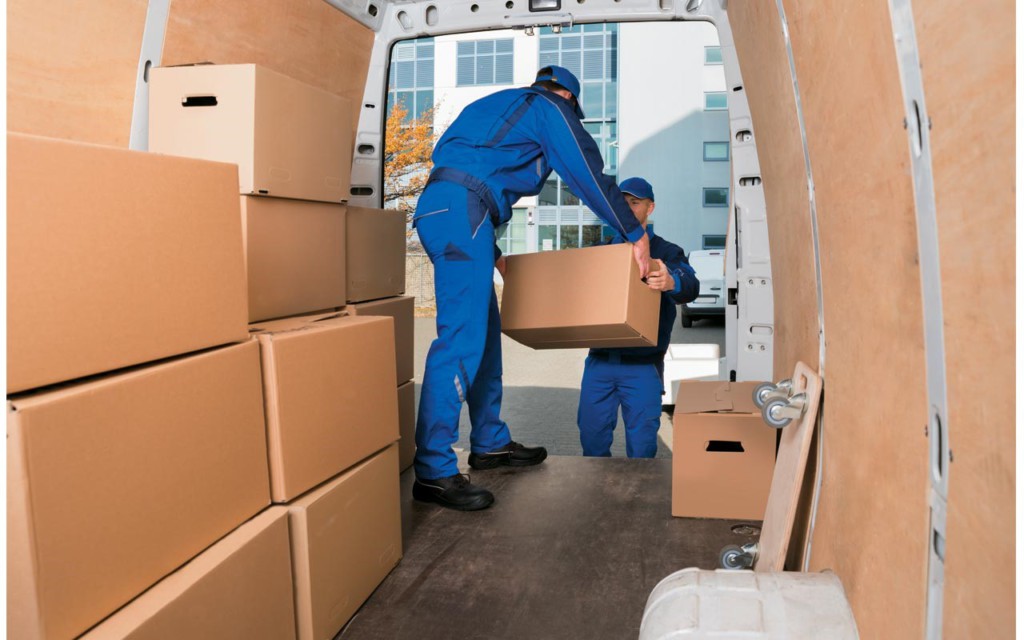Reducing transport costs is one of the key challenges for most e-commerce businesses of all sizes.
There are several ways to do this, but sometimes it’s enough to look at a simple consequence to reduce the bidding war. This is the case when you look at the definition of volume weight to better understand the impact it has on your transport strategy and how you can better control shipping costs.
Volume weight – a cost driver
What is volume weight? How to calculate it and how to integrate it in the bidding process with regard to transport? Which industries are most affected? These are the questions we give you the answers to in this article.
- How to define volume weight?
- What kind of weight is used in the calculation?
- Which carriers use volume weight for invoicing?
- Which sectors are affected by volume weighting?

1. How to define volume weight?
Let’s start with a definition of freight calculation weight or volume weight.
Volume weight is a method of calculating the volume of a package as carriers do. When calculating volume weight, the carrier transforms the volume of the package into “notional” weight, called “volumetric”, which takes into account the space the package takes in a truck or plane.
With the method of calculating the volume weight, a very dense parcel will be invoiced on the actual weight. A medium dense parcel, which is very common in e-commerce, on the other hand, will be charged on the volume (and thus the volume weight).
The volume weight of a package in transit is generally calculated using the following formula:
(L x W x H in cm) / 5000
If you want to send a package of 50 x 30 x 30 cm by express weighing only 3 kg: the volume weight is 9 kg and it will be loaded on this basis.
But if the actual weight of this package was 10 kg it would be loaded on its actual weight.
2. what kind of weight is used in the calculation?
The weight used in the calculation of the volume weight is the highest of the actual weight and the volumetric weight:
If the package contains heavy goods, let’s say lead, it will be loaded with the actual weight.
If the package contains light goods, for example feathers, the actual weight will be based on the volume weight
It is therefore something to think about if you want to reduce the cost of transporting your goods.

3. Which carriers use volume weighting for invoicing?
From a historical point of view, only the carriers that were dependent on airplanes used this method. DHL, UPS and FedEx have consistently used volume weight on all of their piece goods transport services. They were the only ones in the world to do so on domestic parcel transport.
With the increase of e-commerce, the operation of all carriers is strongly affected. Optimisation of containers by any means of transport is severely limited. Both Bring and Postnord already use volume weight on piece goods
4. Which industries are affected by volume weight?
Technically, all industries can potentially be affected by volume weight.
However, you will be particularly exposed if:
- You use a lot of express transport – Fast delivery industries that deliver medical or very expensive equipment such as aircraft are affected by this calculation.
- You have international delivery.
If you operate in e-commerce there is only one element that can increase the cost of your transport calculated in volume weight: returns from your customers. If you offer free returns to your customers, remember that you are subject to the same rules for calculation back to you. This often becomes a double “penalty” when parcels are returned half full but charged with volume weight.
Do you want to reduce your transport costs by taking the volumetric weight into account in your strategy? RAJA has teamed up with ColisConsult to offer you a method to check your volumetric weight. Ask us about our ebook.














